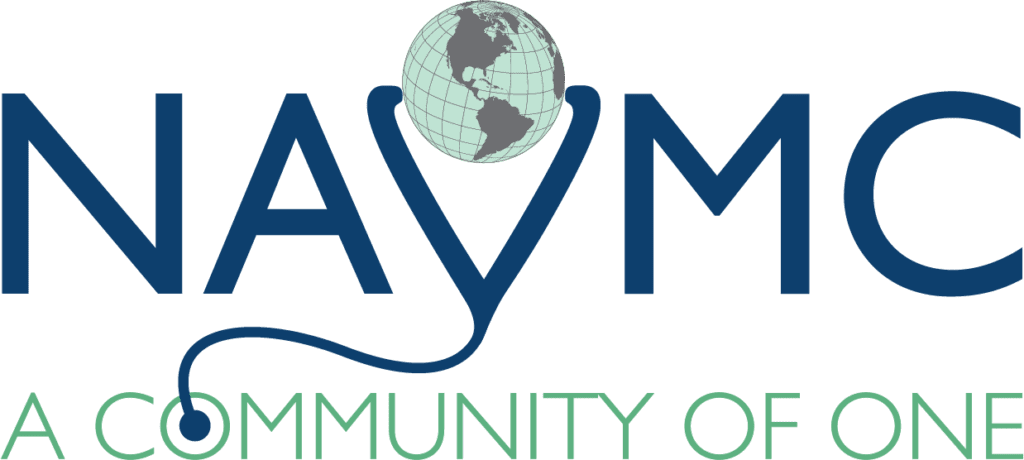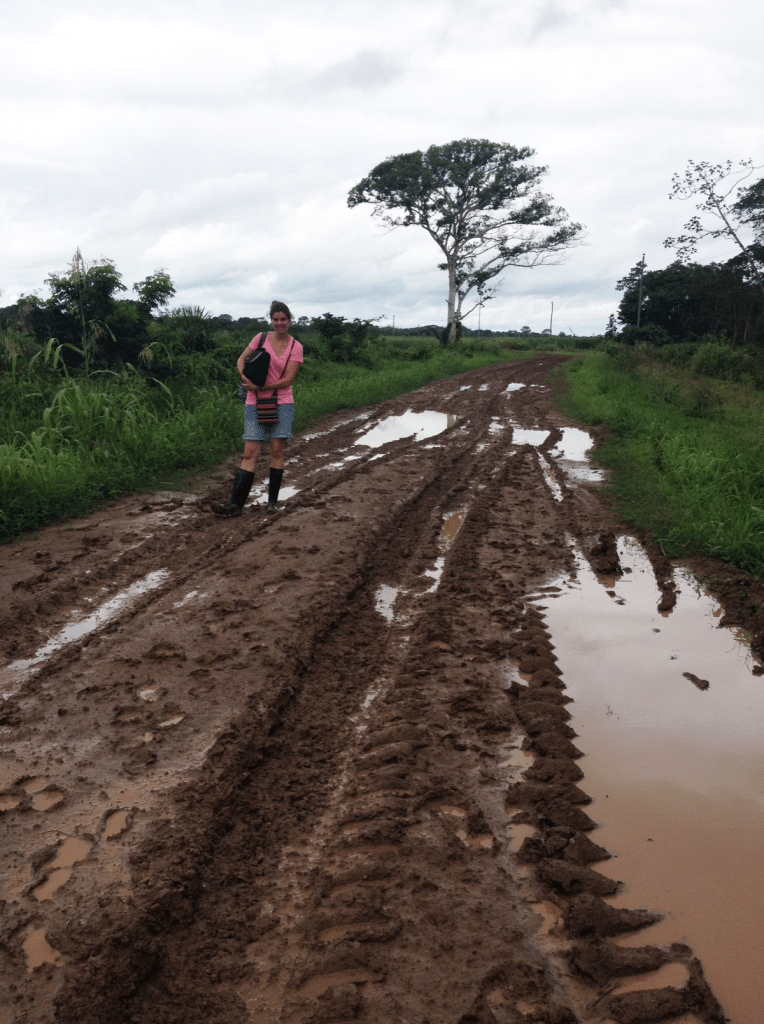31 May
NAVMC Continues to Offer Surgical Aid in Bolivia
Unfortunately, last year we had to turn down a few patients for surgery. One was turned away because his hernia was so large our surgeon did not feel comfortable repairing it with the limited resources offered in Portachuelo. Thanks to a generous American donor NAVMC allocated money toward the surgeries and/or workups for all the patients we were unable to perform surgery on in 2017. Collaborating with the clinic in Palacios and a trusted Bolivian surgeon in Santa Cruz, we have already paid for a patient’s cervical biopsy and hernia surgery. This is an excerpt from the very kind hand-written thank you we received from one of these patients: “I have been blessed with umbilical hernia surgery and am already home recuperating. I want to thank all the people that form part of the group (NAVMC’s surgical campaign.) God willing, there will be more people that receive this level of help because it is very important and necessary for us. At the same time, I am committed to collaborate within my capabilities with you all to help the center (CMHP and surgical campaign) to grow (so it may help others.)” The team is always overwhelmed with the offer of help from those previously touched by our surgical campaign. It is not uncommon for patients from previous years to make the trek to the hospital in Portachuelo on clinic day to thank us in person. Their hugs and gratitude mean the world to us and we always love hearing follow ups on our patients. We hope to send at least two more patients for surgery in Santa Cruz and perform a much needed cardiac work up on another so that she will be ready for surgery when we arrive to Bolivia this November. We hold ourselves to the same standards, whether we are in the US or Bolivia, to always ensure our patients receive the highest quality of care.
READ MORE10 May
Patient Testimonial
“One day I was working at my kitchen job and I suddenly felt an insurmountable pain in my lower abdomen. The pain was so strong I thought I was going to die. I could not move and I was screaming. They took me to the doctor who told me that if I ever wanted to work again, I would need to get surgery, but there was no way I could afford the surgery. I was getting paid 1,000 Bolivianos a month [about $145 USD) and I used this money to send my child to school and pay for water. I also had a hysterectomy last year, and I took out a huge loan that I still haven’t been able to pay back. My pain from the prolapse was the worst. It felt like fire and like a balloon was coming out of me. Stress would make the pain even worse. I was terrified to be outside in the sun. I am so happy with my surgery. It is incredible the help that comes. In my community, there are so many poor people, even poorer than me. I am the first person from my community to receive treatment through Centro Medico Humberto Parra. There are more people that could really use it. I have thanked God so many times for the team that came and did my surgery, and I hope they return. They were so kind and I healed so quickly. Now I am determined to take care of myself and let myself heal.” Please help us continue our Bolivian surgical campaign. Our patients never owe money for the surgeries we provide.
READ MORE10 May
Shoes
When it rains in Palacios, a small rural community a 30 minute drive from the nearest paved road, everything turns to mud. The roads, which were almost entirely made up of dust the day before, fill up with pools upon pools of water, with the occasional mud pile to remind you of the road that once existed there. Life within the community slows. Motorcycles, the main form of transportation, cannot pass the roads. Cars slip and slide until they end up in a ditch on either side of the road, waiting for a tractor to pull them out. Commuting becomes near impossible. It was on a road such as this that my sister and I were carefully navigating our SUV. We had just finished seeing patients for clinic in a community member’s house and were returning to the actual clinic, a building another 20 minute drive from Palacios down a near-impassible road. Along the way, we passed a sullen group of 3 children, slowly trudging down the road. One was a teenager, another around 12 years, and the last one around 4 years. We slowed down to offer them a ride to the furthest point our car could pass, a bridge a few minutes away. They gratefully accepted. When we arrived at the bridge, they all regretfully got out of the car and continued to walk down the road. My sister and I took a bit more time collecting our things and putting on our boots, so that by the time we started walking down the road, they were too far ahead of us to see them. A few minutes passed, filled with us concentrating on putting one foot in front of the other without losing our balance or our boots. The earth sunk beneath us with each step, our shoes getting more and more laden with mud. Then, I saw it. First one, then another, then another. A bit further down the road, I saw some more. And I suddenly realized why these children so desperately did not want to leave the car. Footprints. I had seen bare footprints of a small child. And the sight made me freeze. I had not even taken the time to look at the feet of these children, not even thought of the possibility of them not having shoes, yet here were tiny bare feet traipsing through the mud. I could have offered them something if I had known- plastic bags, my extra pair of shoes, a piggyback ride- but instead, I just let them go, too busy putting on my own heavy duty impenetrable rubber boots to notice that they were facing that same road with nothing on their feet. This mud we were walking through was not just an inconvenience; hidden deep within its endless layers were parasites and insects of all varieties. The best of the jungle comes out into the open right after a rainstorm to graciously pass on a wide array of molestations and diseases to the human race. And I could not bear the thought of one of those children arriving at their destination with a new illness. The next day, after a little research, we discovered where these children lived, and gave them shoes. They were thrilled, and immediately slipped them on. The feet of these children are important, more important than we realize. Every disease that is prevented by wearing shoes removes one more obstacle in the way of a good education, a stable income, a promising future, a way out of poverty. It may seem like a small contribution, a pair of shoes for the barefoot child. Yet their future needs to start somewhere, somehow. And what better place for it to start than with their feet. by Hannah Palm
READ MORE


